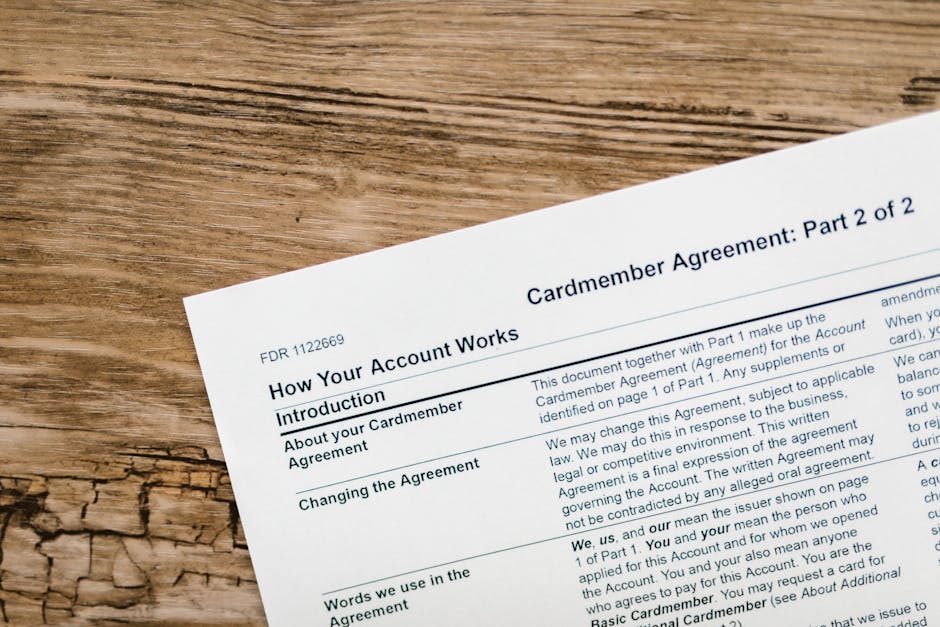Know What Kind of Taxes You Owe
Start by identifying what types of taxes apply to your income. For individuals, that usually means federal income tax, possibly state income tax, and maybe local taxes. If you’re selfemployed or own a business, add selfemployment tax, payroll taxes (if you have employees), and possibly sales tax.
Don’t assume one size fits all. Your tax obligations depend on your location, income type, and how you earn it. For instance, a freelancer in Texas won’t owe state income tax, but a remote employee in California definitely will.
Gather Clean, Organized Financial Data
You can’t calculate taxes accurately without solid data. That means:
W2s from employers 1099s from clients Receipts and invoices Bank and credit card statements Mileage records (if relevant) Investment income summaries
Use financial software or a simple spreadsheet to organize these. Clean, organized records make calculating taxable income and deductions way easier—and help you avoid overpaying.
Know Your Taxable Income
Your gross income isn’t what you pay taxes on. Taxable income is what’s left after deductions and adjustments.
Here’s the basic flow:
1. Start with gross income: wages, client payments, bonuses, investment gains, rental income. 2. Subtract deductions and credits: retirement contributions, student loan interest, medical expenses (if they qualify), etc. 3. The number left is your taxable income.
It’s worth rechecking deductions you qualify for—there are often breaks people ignore because they assume they don’t qualify.
Use the Right Tax Bracket
Taxes in the U.S. are progressive. That means portions of your income get taxed at different rates. For 2024, the brackets range from 10% to 37% for individuals.
If your taxable income is $60,000, not all of it gets taxed at that rate. The first portion gets taxed at 10%, the next at 12%, and so on. Check the IRS bracket table to apply the correct tiered rates.
Online calculators are handy, but they won’t explain why you’re paying what you’re paying. That’s why learning how to calculate taxes aggr8taxes handson gives you better control when planning financially.
Common Deductions & Credits to Consider
Deductions reduce taxable income. Credits reduce the tax you actually owe. Two very different tools—both useful.
Popular deductions:
Standard deduction (everyone can take this unless you itemize) Health savings account (HSA) contributions Student loan interest Mortgage interest Charitable giving Selfemployed home office expenses
Useful credits:
Child tax credit Earned income credit Education credits (American Opportunity and Lifetime Learning) Energyefficient home improvement credits
Don’t get lost in the tax code soup. Use the IRS website or a tax prep app to see what you qualify for.
Estimate vs. Actual Taxes Owed
Once you’ve calculated your taxable income and applied the correct tax rate, subtract any withheld taxes or estimated payments already made. If you’ve paid more than what you owe, you’ll get a refund. If not, it’s time to pay up.
Here’s a simple formula:
(Taxable Income) x (Tax Rate) = Tax Liability Tax Liability – Payments Made So Far = Amount Owed or Refund
Keeping tabs throughout the year avoids any big surprises in April.
Staying Ahead of Taxes Monthly
The best way to keep taxes from becoming a nightmare is to check in monthly or quarterly. Especially for freelancers or business owners, tracking income and setting aside money for taxes ahead of time (usually 25–30% of your income) keeps you out of trouble.
Make quarterly estimated payments if you expect to owe more than $1,000 at yearend. The IRS isn’t shy about penalties and interest if you underpay.
Using Tools to Simplify the Process
Software like TurboTax, H&R Block, or TaxAct walks you through each section, and their builtin calculators can make filing simpler. But if your finances are more complex, a CPA or tax advisor might be worth the cost.
Still, don’t rely fully on automation. Know the basics of how to calculate taxes aggr8taxes so you can catch errors or find new ways to optimize your return.
When to Ask a Pro for Help
Get a tax professional involved if:
You’re facing an audit Your income is from multiple sources (investments, rents, business, etc.) You’ve recently sold property or stocks You’re managing a side hustle that’s grown fast There’s a big life event (divorce, inheritance, adoption)
Good tax pros do more than just file your return. They spot savings you’d have missed and help you plan better next year.
Final Takeaways
You don’t need to become a tax expert. But knowing how to break down your income, use deductions, and apply tax rates puts you in control. Learning how to calculate taxes aggr8taxes is a smalltime investment with a big payoff—especially when April rolls around and your return is ready before your friends even open their mail.





